A Vertical Ram Extrusion Machine is a specialized piece of equipment used in the production of PTFE rods. PTFE, or polytetrafluoroethylene, is a high-performance plastic known for its non-stick properties, chemical resistance, and high thermal stability. This type of extrusion machine is specifically designed to process PTFE and produce solid rods used in a wide range of industrial applications.
Working Principle of Vertical Ram Extrusion
In a vertical ram extrusion process, PTFE powder is placed into the machine’s die chamber. The ram applies pressure to push the powder through a mold or die, forming the desired shape, such as a solid rod. The vertical design of the machine allows for efficient material flow and handling. The extrusion process is highly controlled to ensure uniformity and density in the finished rods, which are often used in bearings, seals, and insulation.
Advantages of Vertical Ram Extrusion
One of the key advantages of using a vertical ram extrusion machine is its ability to handle high-viscosity materials like PTFE. The vertical setup helps minimize the friction between the material and the machine, improving efficiency. Additionally, this type of extrusion machine ensures the precise production of PTFE rods with minimal defects, making it suitable for high-performance applications.
Applications of PTFE Rods
PTFE rods produced via vertical ram extrusion are widely used in the chemical, food processing, automotive, and electronics industries due to their excellent resistance to heat, chemicals, and wear. These rods are often used in manufacturing seals, gaskets, and insulating parts.
Conclusion
The Vertical Ram Extrusion Machine plays a crucial role in producing high-quality PTFE rods, offering precision, efficiency, and reliability for various industrial applications.

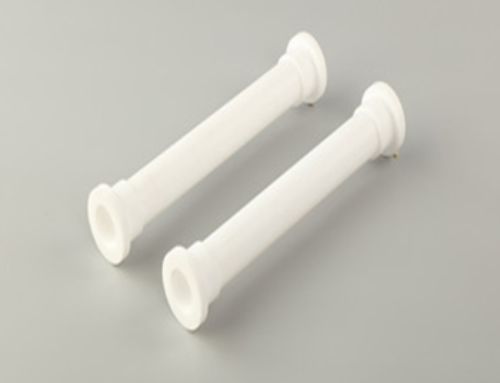
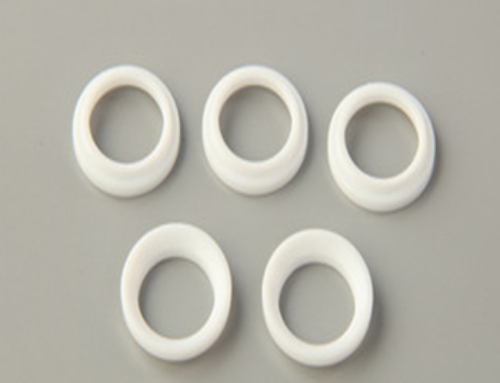
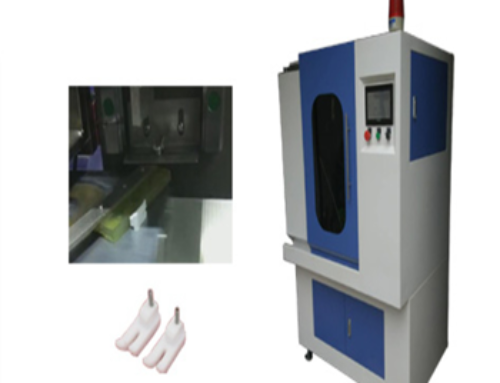
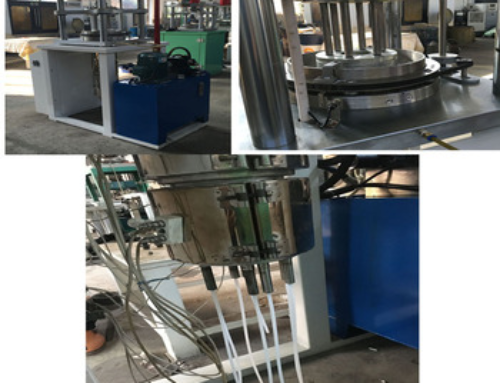
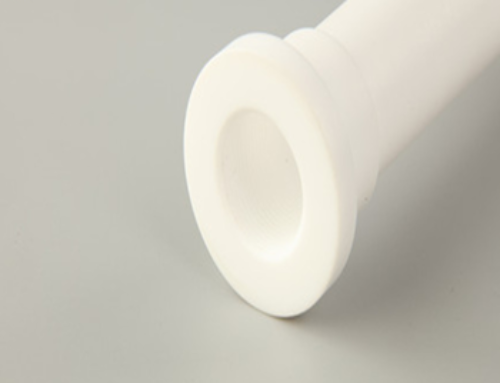

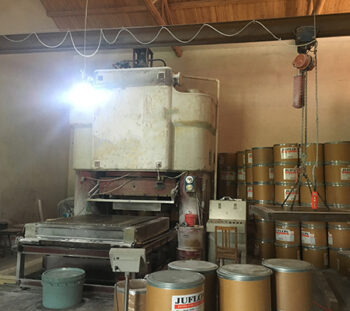
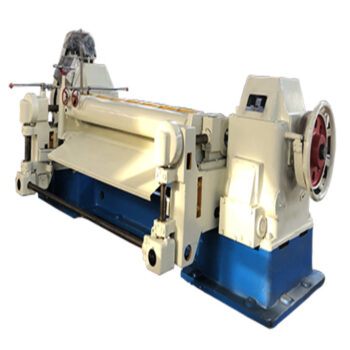
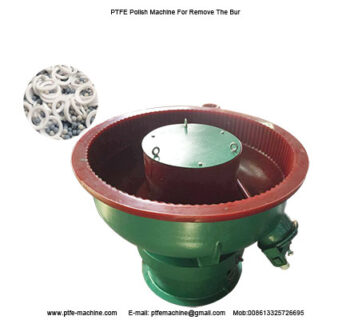
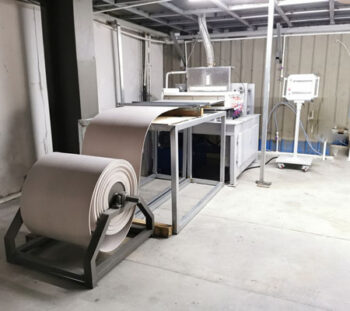
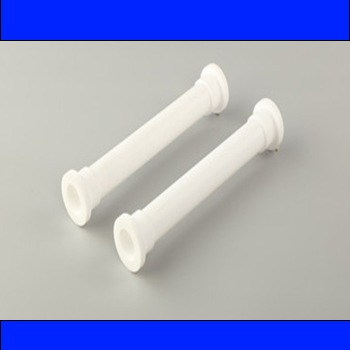

Leave A Comment
You must be logged in to post a comment.